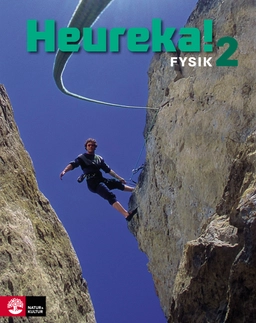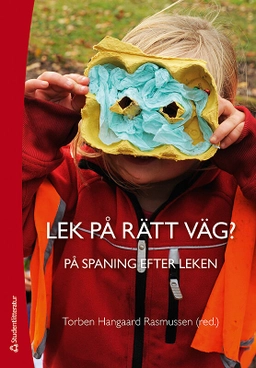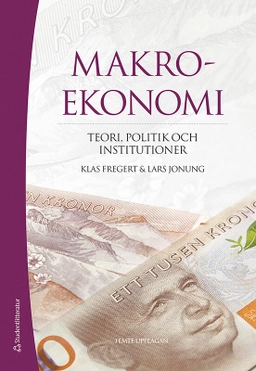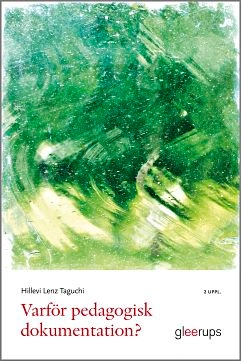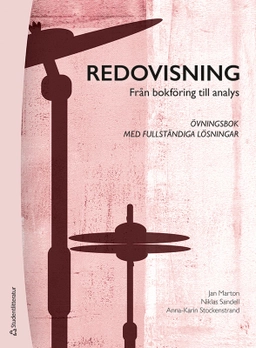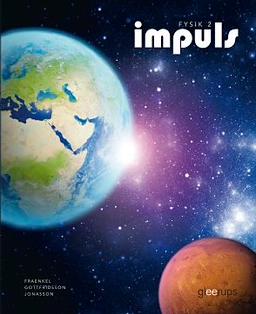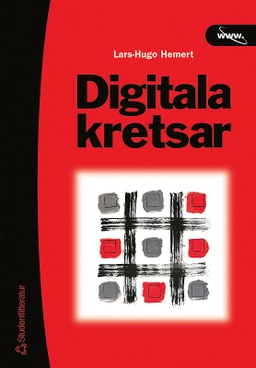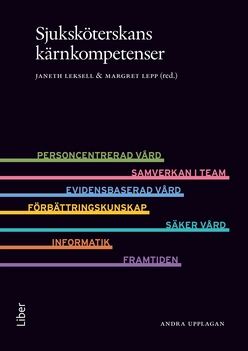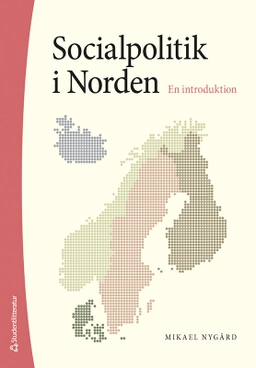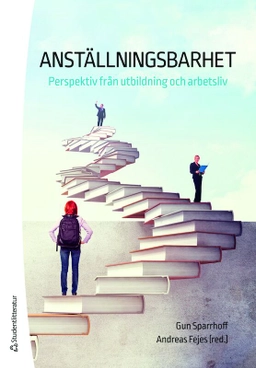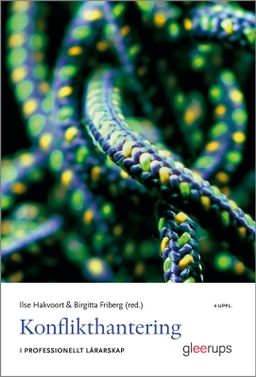

Conceptual contrasts : a comparative semantic study of dimensional adjectives in Japanese and Swedish
- Utgiven: 2013
- ISBN: 9789174595345
- Sidor: 270 st
- Förlag: Umeå Universitet
- Format: Häftad
- Språk: Engelska
Om boken
Åtkomstkoder och digitalt tilläggsmaterial garanteras inte med begagnade böcker
Mer om Conceptual contrasts : a comparative semantic study of dimensional adjectives in Japanese and Swedish (2013)
I december 2013 släpptes boken Conceptual contrasts : a comparative semantic study of dimensional adjectives in Japanese and Swedish skriven av Misuzu Shimotori. Den är skriven på engelska och består av 270 sidor djupgående information om språk. Förlaget bakom boken är Umeå Universitet.
Köp boken Conceptual contrasts : a comparative semantic study of dimensional adjectives in Japanese and Swedish på Studentapan och spara uppåt 47% jämfört med lägsta nypris hos bokhandeln.
Tillhör kategorierna
Referera till Conceptual contrasts : a comparative semantic study of dimensional adjectives in Japanese and Swedish
Harvard
Oxford
APA
Vancouver

